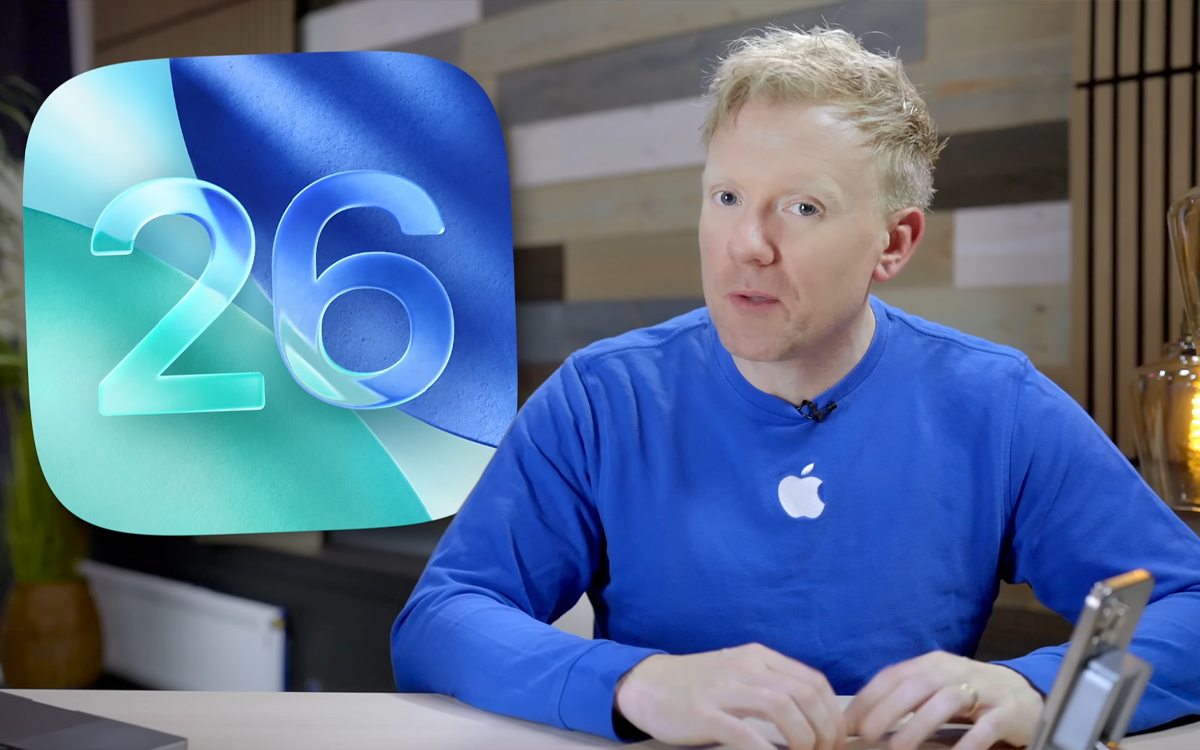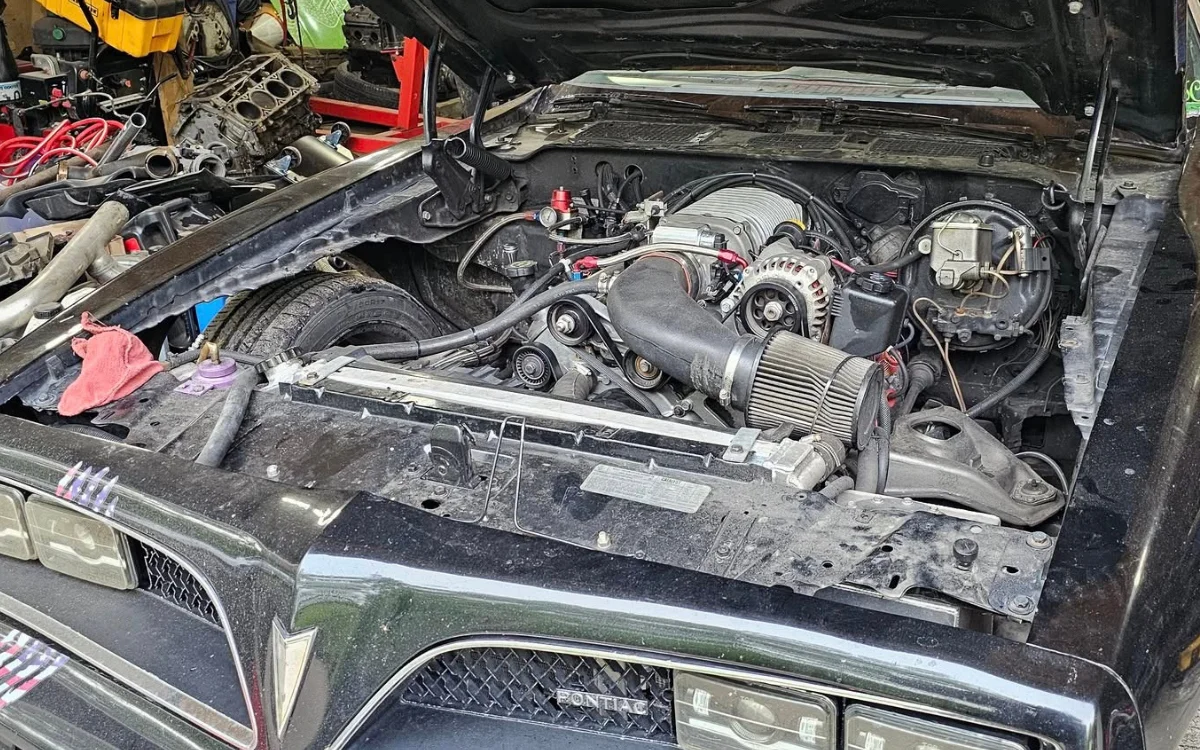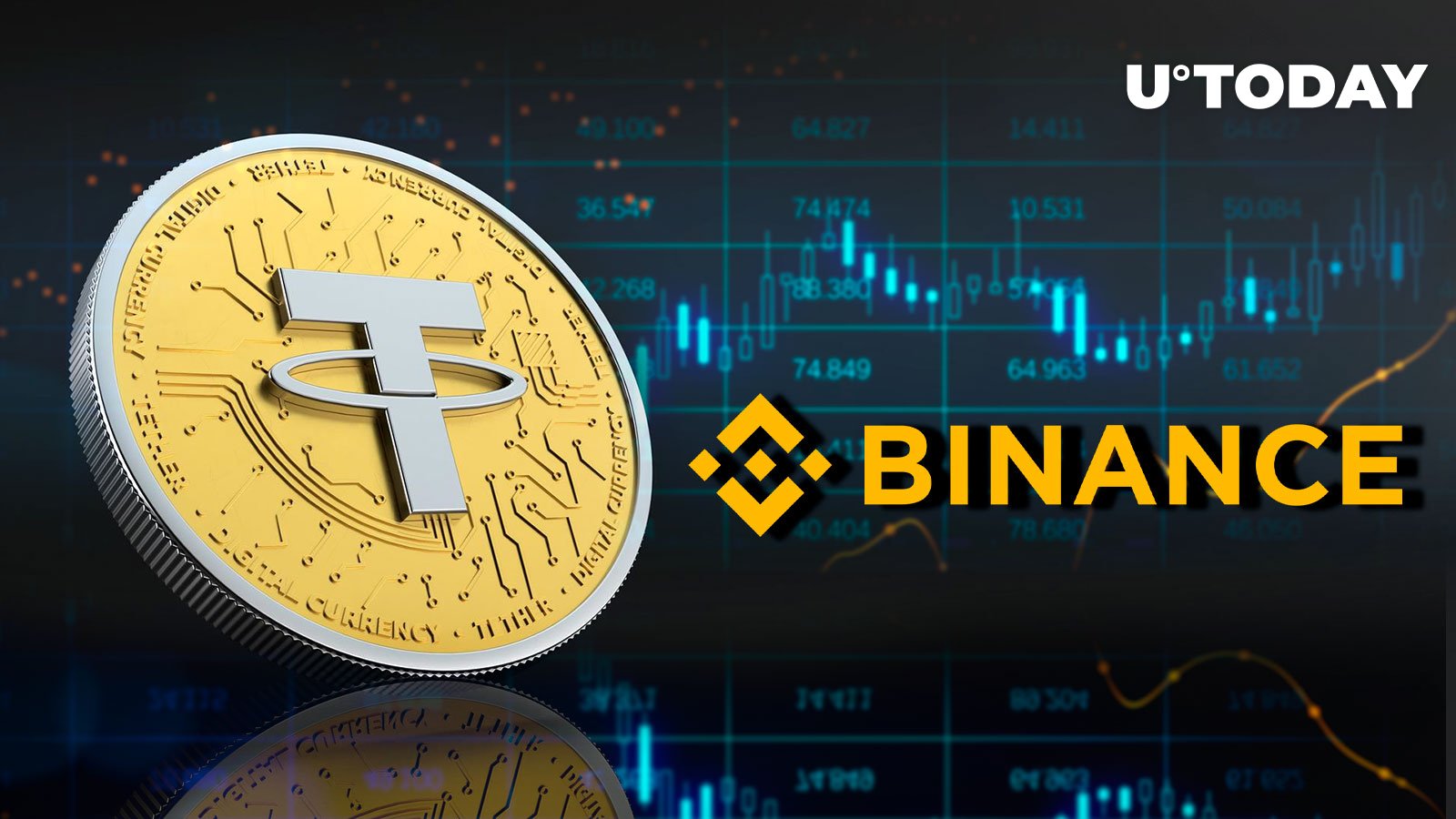What Is Ripple Not Telling Us About XRP’s 37 Billion Escrow? ⋆ ZyCrypto
The post What Is Ripple Not Telling Us About XRP’s 37 Billion Escrow? ⋆ ZyCrypto appeared on BitcoinEthereumNews.com. Advertisement     A fresh wave of scrutiny is sweeping through crypto circles. Observers are now questioning whether Ripple truly lacks control over its locked-up XRP. With 37 billion XRP held in escrow, the issue is no longer theoretical—it could shape XRP’s future value and governance. Ripple introduced its escrow in 2017 to curb supply shocks, locking 55 billion XRP across 55 monthly contracts, releasing 1 billion XRP each month. On‑chain mechanics are clear: unused tokens are auto-relocated back into new escrows. Yet legal observers argue this is only ledger-side transparency. Ripple claims that monthly unlocks are governed by immutable ledger rules. But critics suggest off‑ledger agreements could alter control of escrowed tokens—effectively placing them outside public chains. This practice suggests public transparency in monitoring flow, but raises questions about complete autonomy. The ledger shows scheduled escrow actions. But it does not show Ripple’s motives or internal decision-making process. Ripple is actively seeking a national bank charter and access to the Federal Reserve. At the same time, it eyes broader tokenization of real-world assets. Advertisement   That path likely requires capital, liquidity, and escrowed resources—meaning XRP escrow becomes a strategic liquidity tool. Stakeholders now wonder: Will Ripple tap escrowed XRP for stablecoin initiatives, treasury uses, or institutional liquidity? If so, those moves might unfold quietly, shielded by compliance agreements not visible on chain. Market observers may find Puppet-like control worrisome, especially amid speculation that off‑ledger escrow agreements could inflate available XRP beyond what’s visible. The optics can weigh on investor confidence—particularly when global regulators assess asset distribution and control. On the flip side, transparency tools like Whale Alert report re-locking events. That suggests some level of guardrails. Still, full supply control involves more than monthly schedules—it hinges on trust. According to data provided by Whale Alert, 400 million XRP tokens ($869…

The post What Is Ripple Not Telling Us About XRP’s 37 Billion Escrow? ⋆ ZyCrypto appeared on BitcoinEthereumNews.com.
Advertisement A fresh wave of scrutiny is sweeping through crypto circles. Observers are now questioning whether Ripple truly lacks control over its locked-up XRP. With 37 billion XRP held in escrow, the issue is no longer theoretical—it could shape XRP’s future value and governance. Ripple introduced its escrow in 2017 to curb supply shocks, locking 55 billion XRP across 55 monthly contracts, releasing 1 billion XRP each month. On‑chain mechanics are clear: unused tokens are auto-relocated back into new escrows. Yet legal observers argue this is only ledger-side transparency. Ripple claims that monthly unlocks are governed by immutable ledger rules. But critics suggest off‑ledger agreements could alter control of escrowed tokens—effectively placing them outside public chains. This practice suggests public transparency in monitoring flow, but raises questions about complete autonomy. The ledger shows scheduled escrow actions. But it does not show Ripple’s motives or internal decision-making process. Ripple is actively seeking a national bank charter and access to the Federal Reserve. At the same time, it eyes broader tokenization of real-world assets. Advertisement That path likely requires capital, liquidity, and escrowed resources—meaning XRP escrow becomes a strategic liquidity tool. Stakeholders now wonder: Will Ripple tap escrowed XRP for stablecoin initiatives, treasury uses, or institutional liquidity? If so, those moves might unfold quietly, shielded by compliance agreements not visible on chain. Market observers may find Puppet-like control worrisome, especially amid speculation that off‑ledger escrow agreements could inflate available XRP beyond what’s visible. The optics can weigh on investor confidence—particularly when global regulators assess asset distribution and control. On the flip side, transparency tools like Whale Alert report re-locking events. That suggests some level of guardrails. Still, full supply control involves more than monthly schedules—it hinges on trust. According to data provided by Whale Alert, 400 million XRP tokens ($869…
What's Your Reaction?





































